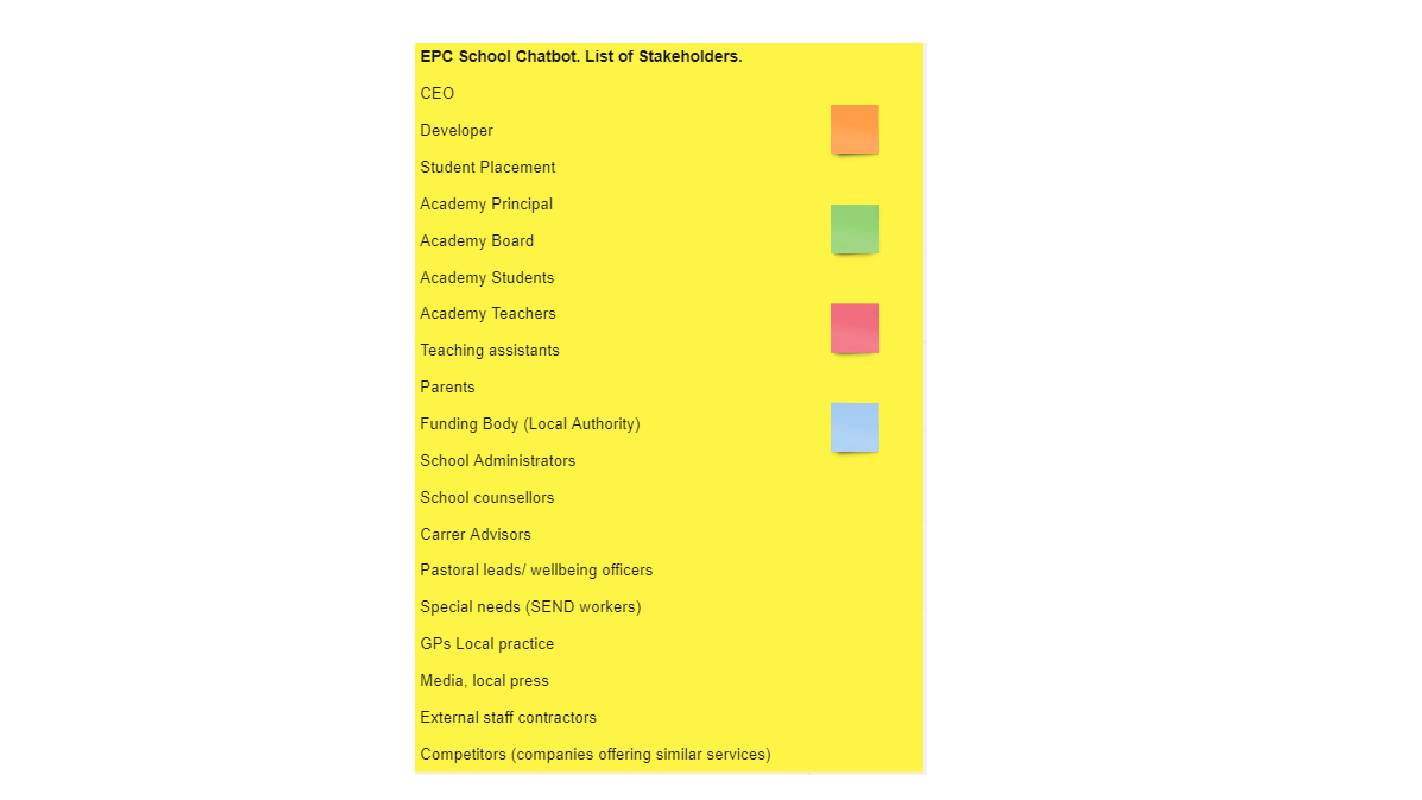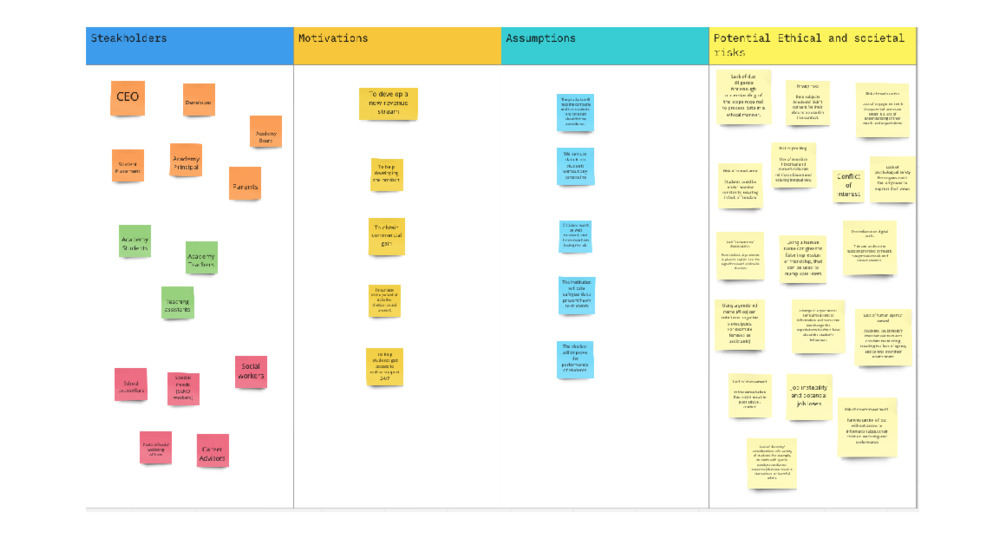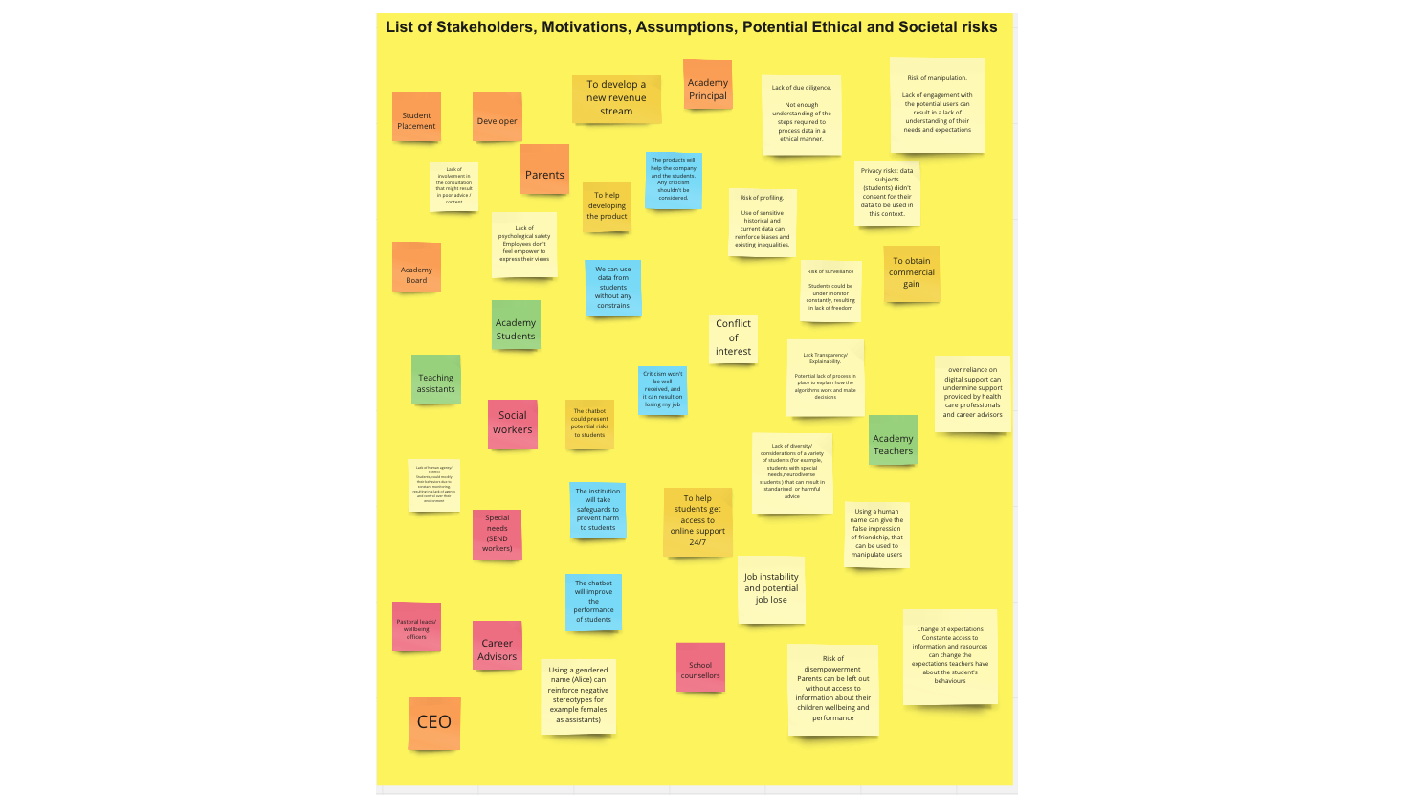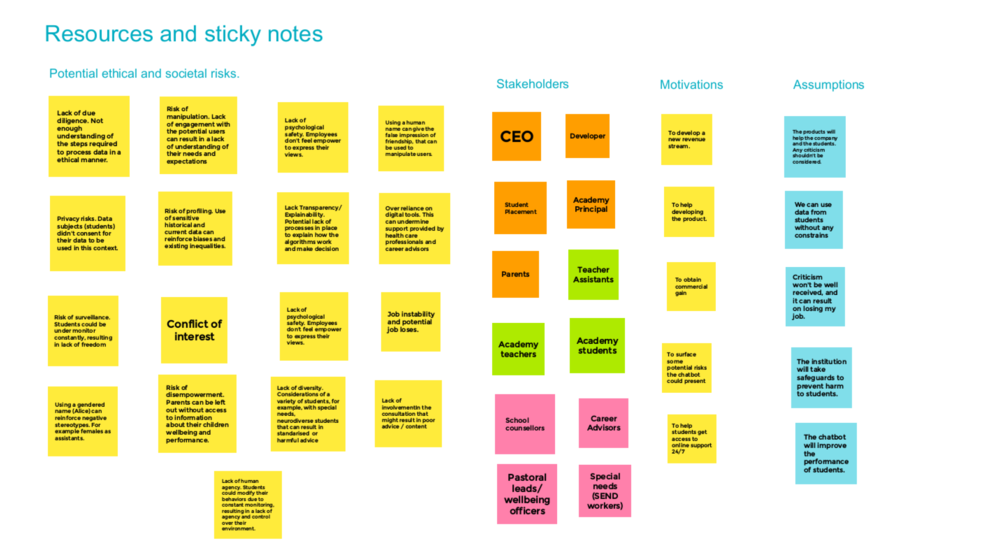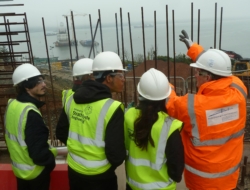 Case enhancement: Business growth models in engineering industries within an economic system
Case enhancement: Business growth models in engineering industries within an economic system
Activity: Defending a profit-driven business versus a non-profit-driven business.
Author: Dr Sandhya Moise (University of Bath).
Overview:
This enhancement is for an activity found in the Dilemma Part one, Point 4 section of the case: “In a group, split into two sides with one side defending a profit-driven business and the other defending a non-profit driven business. Use Maria’s case in defending your position.” Below are several prompts for discussion questions and activities that can be used. These correspond with the stopping points outlined in the case. Each prompt could take up as little or as much time as the educator wishes, depending on where they want the focus of the discussion to be.
Session structure:
1. As pre-class work, the students can be provided the case study in written format.
2. During class, the students will need to be introduced to the following concepts, for which resources are provided below (~20 min):
-
- An introduction to Ethics in Engineering
- Professional Code of Ethics and their relevance to engineering situations
- Corporate social responsibility
- ESG Mandate
3. Group activity (15 min +)
4. Whole class discussion/debate (15 min +)
Learning resources:
Ethics in Engineering resources:
Professional Codes of Conduct resources:
- RAEng/Engineering Council Statement of Ethical Principles
- IMechE Code of Conduct Explained
- IChemE Code of Professional Conduct
- ICE Code of Professional Conduct
- IEEE Code of Ethics
Corporate Social Responsibility Resources:
- Refers to strategies that a company develops and executes as part of its corporate governance to ensure the company’s operations are ethical and beneficial for society.
- Can be categorised as Environmental, Human rights, Philanthropic and Economic responsibility.
- Also benefits the organisation by strengthening their brand image and reputation, thereby increasing sales and customer loyalty, access to funding and reduced regulatory burden.
ESG Mandate Resources:
In recent years, there have been calls for more corporate responsibility in environmental and socioeconomic ecosystems globally. For example:
- In 2006, the ESG mandate was set up by a group of investors to create a more sustainable financial system for companies to operate in, and to use as part of their annual reporting of performance indicators.
- In 2014, India was the first country in the world to make it mandatory for companies that meet a certain profit threshold to give 2% to charitable causes. Indian law requires companies to give 2% of profits to charity. Is it working?
In 2017, the economist Kate Raworth set out to reframe GDP growth to a different indicator system that reflects on social and environmental impact. A Moment for Change?
Further reading:
- Sustainability & CSR – Ethics Unwrapped
- Environmental, social, and governance (ESG) mandate
- Indian law requires companies to give 2% of profits to charity. Is it working?
Group Activity – Structure:
Split the class into two or more groups. One half of the class is assigned as Group 1 and the other, Group 2. Ask students to use Maria’s case in defending their position.
- Background on Maria: CTO; lead inventor; electrical and electronics engineer; lives in the UK; hails from a lower socioeconomic background (UK); dislikes perpetuating economic disparity.
- Technology developed: Devices that detect water leaks early, lowering the risk of damage to infrastructure that impacts local communities; also saves corporations millions each year by detecting low-level water loss that currently remains undetected.
- Hydrospector’s Business goal: Secure contracts for their new business; find customers.
Group activity 1:
Group 1: Defend a profit-driven business model – Aims at catalysing the company’s market and profits by working with big corporations as this will enable quicker adoption of technology as well as economically benefit surrounding industries and society.
Group 2: Defend a non-profit driven business – Aims at preventing the widening of the socioeconomic gap by working with poorly-funded local authorities to help ensure their product gets to the places most in need (opportunities present in Joburg).
- Ask the students to consider discussing Maria’s personal values which might be causing the internal conflict.
- Should she involve her personal experiences/values in a business decision making process? If Maria was from an affluent area/background, how may this have affected her perspective?
- Ask the students to assess how the Professional Bodies’ Codes of Conduct are applicable to this scenario and how would they inform the decision making process.
- Ask the students to consider the wider impact of the business decision (beyond the business itself) and if focusing on profit alone is morally inferior to prioritising ESG.
Pros and Cons of each approach:
Group 1: Defend a profit-driven business model:
Advantages and ethical impact:
- Will improve the company’s market and profits; quicker adoption of technology which will benefit employees, open up more job opportunities and benefit local society and industries.
Disadvantage and ethical impacts:
- Will benefit those in affluent areas without helping those in disadvantaged socioeconomic regions, thereby exacerbating societal inequalities.
- Does not align with ESG mandate of operating as a more sustainable business.
Group 2: Defend a non-profit driven business:
Advantages and ethical impact:
- Aligns strongly with Maria’s personal values, so could potentially affect her future loyalty and performance within the company.
- Abides by Professional Bodies Codes of Conduct.
Disadvantage and ethical impacts:
- Maria’s personal values, without sufficient evidence to show that they will also improve the business, might cause conflict later regarding her leadership approach. Would she have behaved differently had she been from an affluent background and unaware of the impact of societal inequalities?
- Could lead to failure of the company due to reduced profits, and lack of adoption of technology, which in turn will affect the organisation’s employees.
Relevant ethical codes of conduct examples:
Royal Academy’s Statement of Ethical Principles:
- “Engineering professionals work to enhance the wellbeing of society.”
- “Leadership and communication: Engineering professionals have a duty to abide by and promote equality, diversity and inclusion.”
Both of the above statements can be interpreted to mean that engineers have a professional duty to not propagate social inequalities through their technologies/innovations.
Discussion and summary:
This case study involves very important questions of profit vs values. Which is a more ethical approach both at first sight and beyond? Both approaches have their own set of advantages and disadvantages both in terms of their business and ethical implications.
If Maria decides to follow a profit-driven approach, she goes against her personal values and beliefs that might cause internal conflict, as well as propagate societal inequalities.
However, a profit-driven model will expand the company’s business, and improve job opportunities in the neighbourhood, which in turn would help the local community. There is also the possibility to establish the new business and subsequently/slowly initiate CSR activities on working with local authorities in Joburg to directly benefit those most in need. However, this would be a delayed measure and there is a possible risk that the CSR plans never unfold.
If Maria decides to follow a non-profit-driven approach, it aligns with her personal values and she might be very proactive in delivering it and taking the company forward. The technology would benefit those in most need. It might improve the reputation of the company and increase loyalty of its employees who align with these values. However, it might have an impact on the company’s profits and slow its growth. This in turn would affect the livelihood of those employed within the company (e.g. job security) and risks.
This work is licensed under a Creative Commons Attribution-ShareAlike 4.0 International License.
Any views, thoughts, and opinions expressed herein are solely that of the author(s) and do not necessarily reflect the views, opinions, policies, or position of the Engineering Professors’ Council or the Toolkit sponsors and supporters.

